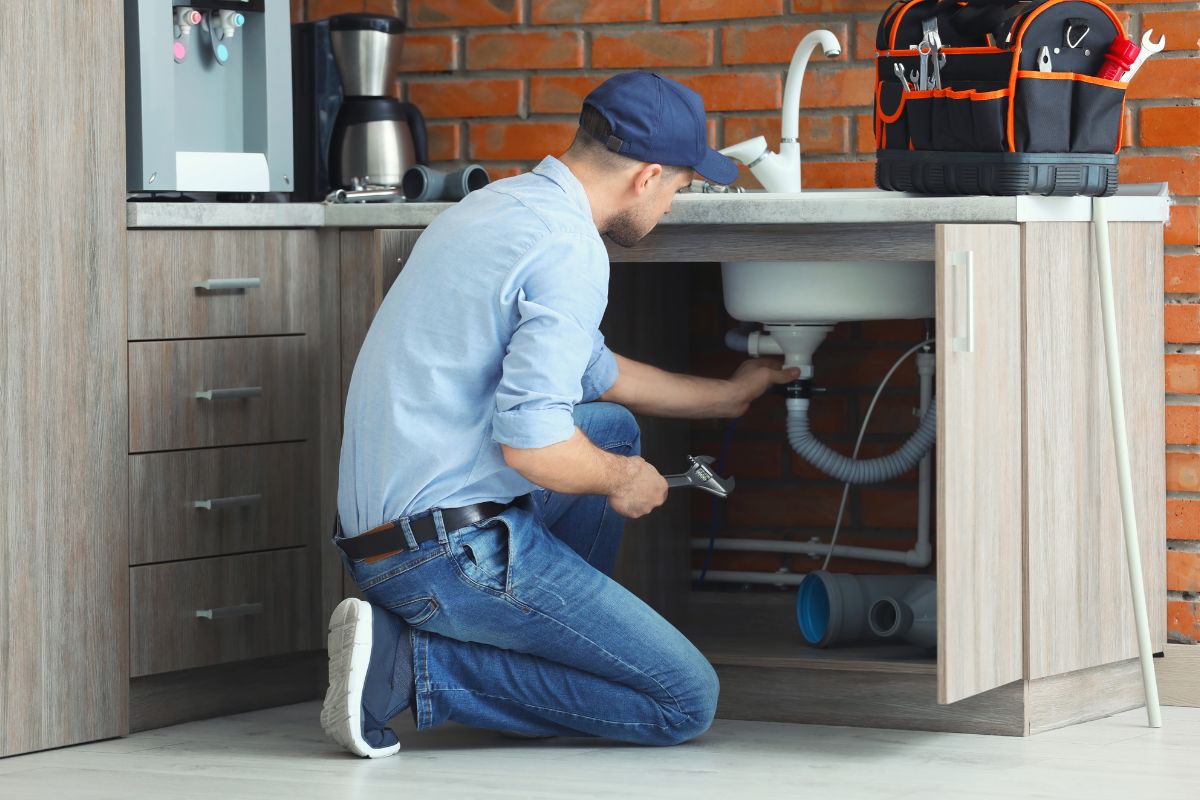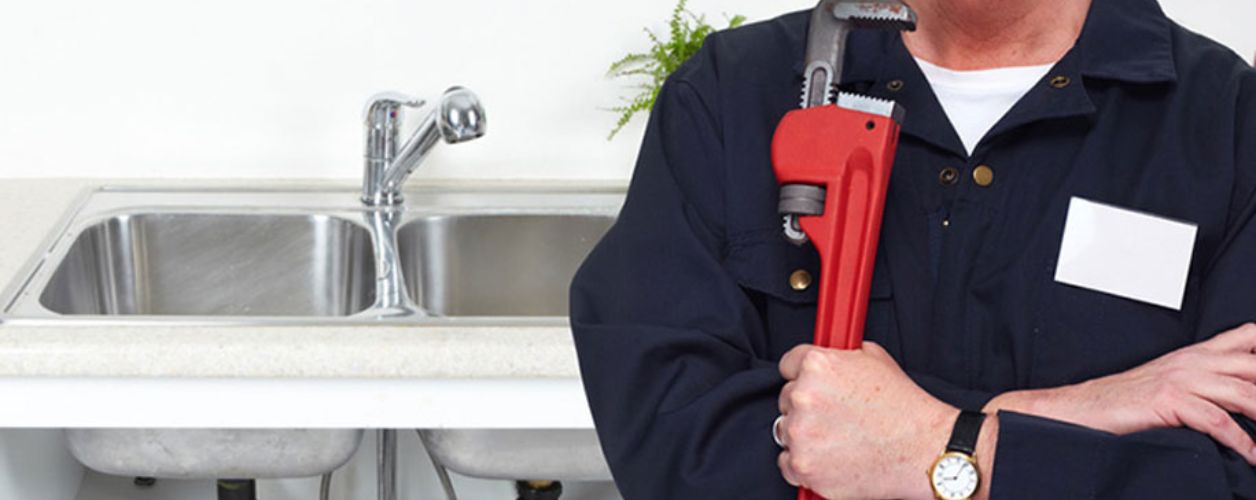Understanding the Cost of Replumbing a House – Factors, Pricing, and What to Expect
The cost of replumbing a house can hugely vary, depending on its size, the materials to be bought, and labour rates in your area. Going by the current Australian rates, the total cost of replumbing a house from the floor up largely ranges between $15,000 to $20,000. Larger homes or more complex systems may be more expensive than this range.
Plumbing is one of the most valuable systems in every house. It provides a clean water supply and takes away waste while keeping your household running fluently. However, just like any other system, this too has its limits; it cannot last a lifetime since time leads to deterioration, corrosion, or sometimes leaks, hence massive cost if left alone to go on. Re-plumbing might sound like a hefty process to undertake, but it saves more when serious issues do not crop up.
This cost guide will tell you everything you should know about re-plumbing-from costs and materials to choosing the right plumber and alternatives like pipe relining.
Who Can Replumb Your House?
Replumbing a house is a complex task that requires expertise and experience. Licensed plumbers or plumbing contractors are the best professionals for this job. They can assess your home's plumbing needs, create a detailed plan, and execute the work efficiently. It's essential to hire someone who is insured, has a good track record, and is familiar with local building codes to ensure a safe and high-quality job.
Why You May Have to Re-plumb Your Home
With age, the plumbing system deteriorates, and more often problems begin to occur at the end of the life cycle of their period. Several factors require it to be re-plumbed. Some of the major reasons it needs to be re-plumbed include old pipes.
The more outdated ones generally hold pipes constructed of clay, galvanized steel, and cast iron. These types are all soft or corrode/deteriorate very easily. The former ones have piping made of copper and PVC. The former two hold more solid materials than the latter.
Some signs that indicate the replacement of pipes in your house are if it's often leaking, experiencing low water pressure, or its colouration. Leaks and clogging may damage water in old pipes and be pricey; with the added mould or a bill from increased water usage, full replacement is a much costlier remedy. Repeated repairs make replacement a much more financially reasonable alternative over the long haul.
Another reason to upgrade plumbing is for renovations or drastic lifestyle changes. For example, increasing the number of bathrooms, appliances, or fixtures adds extra stress to the system already in place. Ensuring the plumbing in your home can handle all these changes is essential to having a functional and non-stressful home.
Systems already installed seem to be fine but might not be equipped to handle the additional stress from the new demand. Knowing when to re-plumb your house will save you money on costly repairs. You should see a plumber to get your plumbing system inspected if it is more than 40 years old. Such times can provide the best opportunity to remodel or change outdated piping when remodelling, purchasing, or selling the house.
The Cost to Re-plumb Your Home
Plumbers usually charge between $80 and $200 per hour, depending on experience and location, though some jobs, such as emergency or weekend work, would increase rates. Some plumbers also charge a call-out fee, which most of the time falls between $60 to $250, depending on the time and distance travelled to the place.
Material costs would also be part of your overall expense. PVC pipes can be more expensive for them to buy but lesser quality than copper pipes. There is a possibility for advance expense, yet when exposed, copper pipes are stronger, thereby less prone to corrosion and leakage to the PVC pipes. All dependent on your budget, likewise to your house needs.
To understand better the costs, here are some estimates for common plumbing jobs:
- Fixing small leaks or bursting pipes: $80 to $150.
- Installation of a new showerhead or taps: $80 to $350.
- Replace a toilet or sink: $250 to $600.
- Replace a water heater: $1,200 to $2,500 or more, depending on complexity.
- Installation of a solar hot water system: $3,000 to $7,000+.
- Replace a full drainage system: $5,000 to $20,000.
The Advantages Of Re-Plumbing Your House
Re-plumbing has more benefits beyond preventing leaks and water damage. New plumbing improves the water pressure and ensures consistent water flow throughout your home. It also improves the quality of the water by removing contaminants that corroded pipes may be harbouring.
Your house will attract more buyers if it is made more attractive and property values increase due to updated plumbing. Modern plumbing saves water with low water waste, and one would spend less on utilities; hence, re-plumbing is both an investment in comfort and savings.
Re-plumbing your house is a very big task, but sometimes, it's a must to stay safe, efficient, and comfortable. The cost could be huge, but improving functionality, water quality, and the value of your property make it all worthwhile.
Do not wait until your plumbing problem turns to a great level. Protect your home's plumbing system with nearby certified professionals now.
Steps Involved in Re-plumbing a Home
Re-plumbing an entire house is a process that requires several steps and careful planning. An examination of the current plumbing system precedes the next step. A licensed plumber will consult over the condition of pipes and areas in need of repair and determine if the whole plumbing replacement is required.
The plumber will, after inspecting the installation, produce a detailed plan and quote the work in writing. The scope of work, materials needed, and the timeline for completion will be included in the plan. After you have accepted the plan, the plumber will change the installation.
The first is to shut off the water supply to the house. Then, the old pipes are removed, which may even necessitate cutting holes into walls, floors, or ceilings depending on how your home is built, and carrying new ones into place. Although this can be invasive, professional plumbers do their best to not damage things and clean up when they're done.
Once the pipes have been set in place, he will initiate the test for leaks, blockages, and flow of water through this system stream. Checks will also be done on the complete fixtures or bathrooms, considering even the facets and heaters, to ensure full connectivity and application efficiency. Finally, once finished, the plumber will exit your home in the same condition it was originally by making a final walkthrough to ensure everything has been done safely and to quality standards.
Pipe Materials and Their Lifespan
Select a very appropriate material for your new plumbing. Materials used in the making of the new plumbing vary depending on their durability, cost, and suitable applications. Copper and PVC are some of the most used materials in Australian homes. PVC pipe drains last 25 – 40 years, Toilets last 10 – 15 years and Water heaters last 10 – 15 years.
- Copper pipes: Copper pipes are resistant to corrosion, have strong structures, and nearly have a lifetime of seventy to a hundred years. Pennywise, pounds foolish if it is too costly, but value for money in the long run.
- PVC Pipes: PVC is not that heavy; it is easier to install compared to copper pipes, it's cheaper and is used extensively for drainage systems but would last around 25-40 years.
- PEX Piping: This flexible plastic is increasingly used because it is resistant to freeze breaks and can last up to 40 to 50 years.
Pipe Relining: The Cost-Effective Solution
Pipe relining is the alternative process if your pipes are damaged but not too bad, and it's less invasive and cheaper. It inserts an inflatable epoxy-coated liner into the damaged pipe. Once inflated, it forms a new inner layer of a durable bond to the existing pipe. In this way, it can avoid digging up old pipes to save time and minimize disturbance.
Relining costs are usually around 30% cheaper than full replacements. Sectional relining can cost around $2,000 to $3,000, but large jobs will start at around $500 to $800 per linear meter. However, this method is not always applicable with heavily damaged or collapsed pipes; in most cases, it's still best done through full replacement.
Hiring The Right Plumber
Choosing the right plumber is important to re-plumbing successfully. Always hire a qualified professional with experience in similar projects. Before hiring, always have a list of key questions from the plumber to ensure they can do the job. This means asking questions like:
- Are you licensed and insured?
- What years of experience do I have?
- Can I see some references or reviews from previous clients?
- Yes, please. Give me a written quote and timeline for the job.
Conclusion
Replumbing a house is a significant investment, with costs ranging from $3,000 to $20,000, depending on the home’s size, plumbing materials, and labour rates. While it may seem costly, replacing old or damaged pipes improves water quality, prevents leaks, and enhances your home’s plumbing efficiency.
Hiring a licensed professional ensures the job complies with all Australian standards. For an accurate estimate based on your specific needs, it's best to get multiple quotes from a qualified Home Renovation Plumber who can assess the project's unique requirements.




![How Much Does It Cost To Replace A Toilet? [2025]](https://servicetasker.com.au/storage/2024/02/1708575700.jpg)



